In recent years, the field of biomedical nano materials has gained significant momentum due to its potential to revolutionize various aspects of healthcare. With their unique properties and abilities, these nano materials present exciting opportunities for the development of innovative diagnostic tools, targeted drug delivery systems, and regenerative medicine applications. This article explores the latest advancements in this burgeoning field and their impact on the biomedical sector. 1. Enhanced Diagnostic Tools: Biomedical nano materials have emerged as a promising solution for improving diagnostic accuracy and efficiency. Nanoparticles can be engineered to carry specific molecular markers or contrast agents, enabling them to target and highlight diseased cells or tissues in medical imaging techniques such as magnetic resonance imaging (MRI) and positron emission tomography (PET). This targeted imaging approach enables early disease detection and precision diagnostics, ultimately leading to improved patient outcomes.
.
 2. Targeted Drug Delivery Systems: Traditional drug delivery systems often suffer from limited efficacy and severe side effects due to non-specific distribution throughout the body. Biomedical nano materials offer a potential solution to this challenge through the development of targeted drug delivery systems. By encapsulating therapeutic agents within nanoparticles, drugs can be efficiently delivered to specific cells or tissues, reducing systemic toxicity and enhancing efficacy. Furthermore, these nano materials can be designed to respond to specific stimuli, such as pH changes or enzymatic activity, to release the drug at the desired site, offering a precise and controlled drug release mechanism. 3. Regenerative Medicine: Biomedical nano materials hold immense potential in the field of regenerative medicine by providing scaffolding structures for tissue engineering and promoting tissue healing and regeneration. Nanomaterial-based scaffolds can mimic the extracellular matrix, providing mechanical support and cues to guide cell growth and differentiation.
2. Targeted Drug Delivery Systems: Traditional drug delivery systems often suffer from limited efficacy and severe side effects due to non-specific distribution throughout the body. Biomedical nano materials offer a potential solution to this challenge through the development of targeted drug delivery systems. By encapsulating therapeutic agents within nanoparticles, drugs can be efficiently delivered to specific cells or tissues, reducing systemic toxicity and enhancing efficacy. Furthermore, these nano materials can be designed to respond to specific stimuli, such as pH changes or enzymatic activity, to release the drug at the desired site, offering a precise and controlled drug release mechanism. 3. Regenerative Medicine: Biomedical nano materials hold immense potential in the field of regenerative medicine by providing scaffolding structures for tissue engineering and promoting tissue healing and regeneration. Nanomaterial-based scaffolds can mimic the extracellular matrix, providing mechanical support and cues to guide cell growth and differentiation.
..
 Furthermore, the incorporation of bioactive molecules within the nano materials can enhance cellular adhesion and promote tissue regeneration. By leveraging these properties, nanomaterial-based strategies have the potential to revolutionize the treatment of degenerative diseases, bone injuries, and wound healing. 4. Advancements in Nanoparticle Fabrication: The development of efficient and scalable methods for fabricating biomedical nano materials is critical for their widespread implementation. Researchers have made significant progress in optimizing synthesis techniques, enabling the production of nano materials with precise control over size, shape, and surface functionality. Techniques such as sol-gel synthesis, electrospinning, and self-assembly have all contributed to the advancements in nano material fabrication, allowing for tailor-made properties to suit specific biomedical applications.
Furthermore, the incorporation of bioactive molecules within the nano materials can enhance cellular adhesion and promote tissue regeneration. By leveraging these properties, nanomaterial-based strategies have the potential to revolutionize the treatment of degenerative diseases, bone injuries, and wound healing. 4. Advancements in Nanoparticle Fabrication: The development of efficient and scalable methods for fabricating biomedical nano materials is critical for their widespread implementation. Researchers have made significant progress in optimizing synthesis techniques, enabling the production of nano materials with precise control over size, shape, and surface functionality. Techniques such as sol-gel synthesis, electrospinning, and self-assembly have all contributed to the advancements in nano material fabrication, allowing for tailor-made properties to suit specific biomedical applications.
…
 5. Safety and Toxicity Considerations: While the potential of biomedical nano materials is vast, it is crucial to address safety concerns and evaluate their potential toxic effects. Researchers are actively investigating the biocompatibility and long-term effects of these nano materials to ensure their safe use in medical applications. Studies are being conducted to assess their stability, degradation rate, and potential for accumulation in the human body. By understanding and mitigating any potential risks, scientists can ensure that the benefits of biomedical nano materials are harnessed without compromising patient safety. Conclusion: Biomedical nano materials are rapidly transforming the landscape of healthcare by enabling breakthroughs in diagnostics, targeted drug delivery, and regenerative medicine. Continued research and development in this field will further enhance their potential and pave the way for innovative and personalized treatment modalities. As scientists continue to refine fabrication techniques and address safety concerns, the integration of biomedical nano materials into clinical practice remains an exciting prospect for the future of medicine.
5. Safety and Toxicity Considerations: While the potential of biomedical nano materials is vast, it is crucial to address safety concerns and evaluate their potential toxic effects. Researchers are actively investigating the biocompatibility and long-term effects of these nano materials to ensure their safe use in medical applications. Studies are being conducted to assess their stability, degradation rate, and potential for accumulation in the human body. By understanding and mitigating any potential risks, scientists can ensure that the benefits of biomedical nano materials are harnessed without compromising patient safety. Conclusion: Biomedical nano materials are rapidly transforming the landscape of healthcare by enabling breakthroughs in diagnostics, targeted drug delivery, and regenerative medicine. Continued research and development in this field will further enhance their potential and pave the way for innovative and personalized treatment modalities. As scientists continue to refine fabrication techniques and address safety concerns, the integration of biomedical nano materials into clinical practice remains an exciting prospect for the future of medicine.

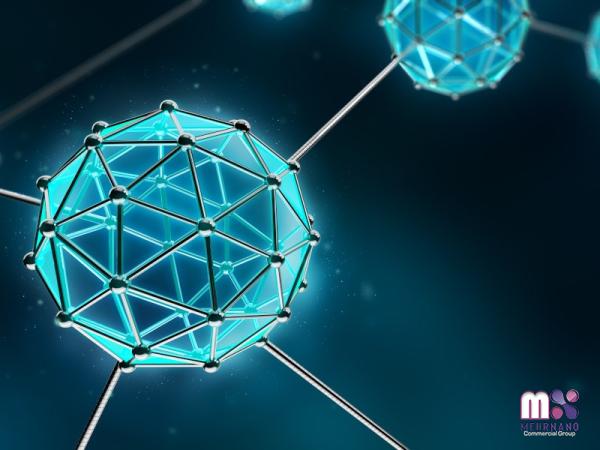
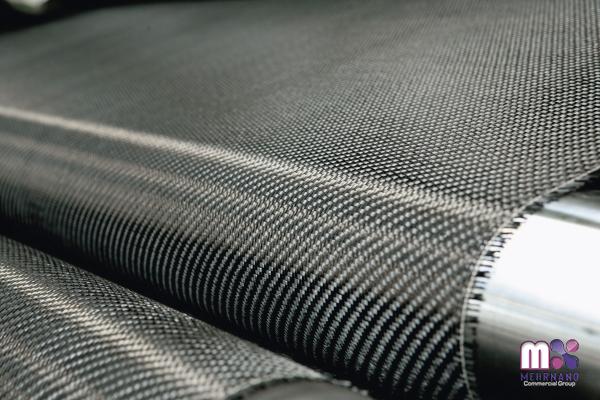

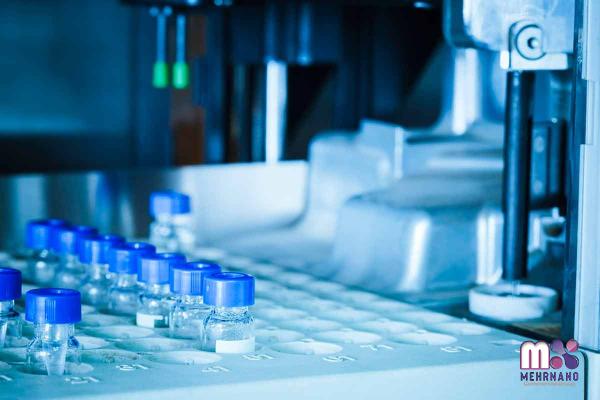



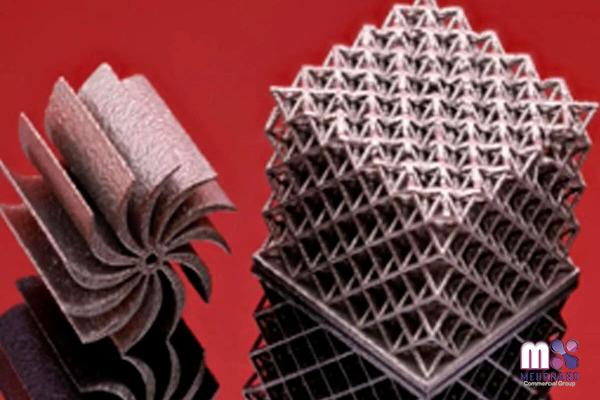
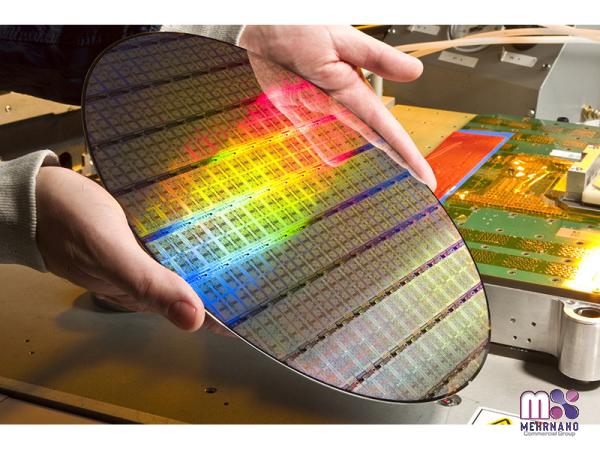

Your comment submitted.